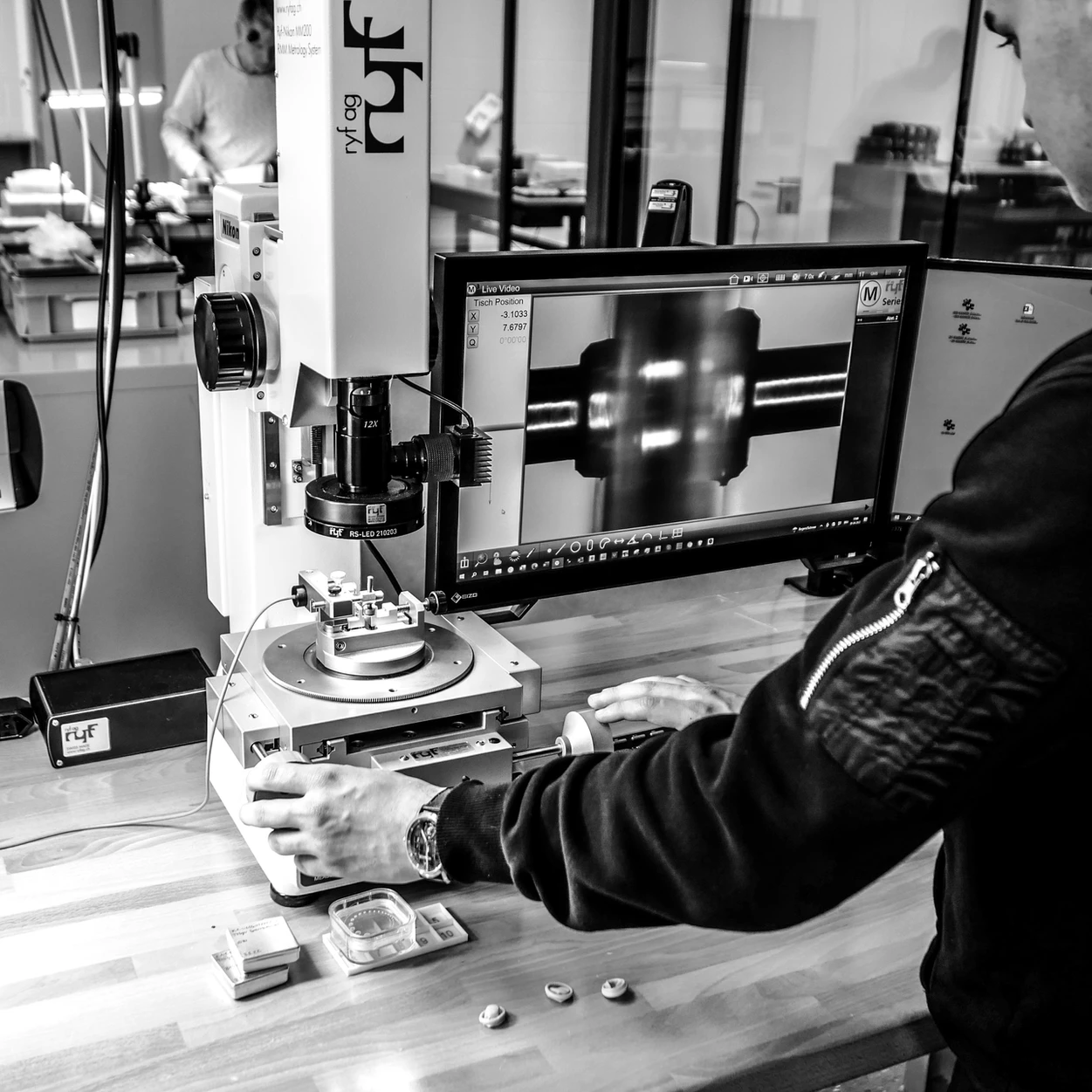
Over the years, I’ve had the privilege of seeing quite a few watch companies from the inside. But visiting Horage’s research and production facility in Bienne was a pretty unique experience. Something about their mindset is different, “disruptive” as Hodinkee adequately wrote last year, and exciting.
The atmosphere first felt like a tech startup, with engineers playing ping-pong barefoot as I passed through the door. The spectacular view onto the nearby Jura rocks and the eclectic, cutting-edge, industrial watchmaking equipment quickly reminded me of why everyone was here, working on a late Friday afternoon.
The team of a dozen or so I saw in action loves watches, there is no question about that. But they seem to also be animated by something else, part of a broader scientific mindset. An obsessive drive to continuously improve things and find replicable solutions. The watch is the framework, but pushing the limits is the end-game.
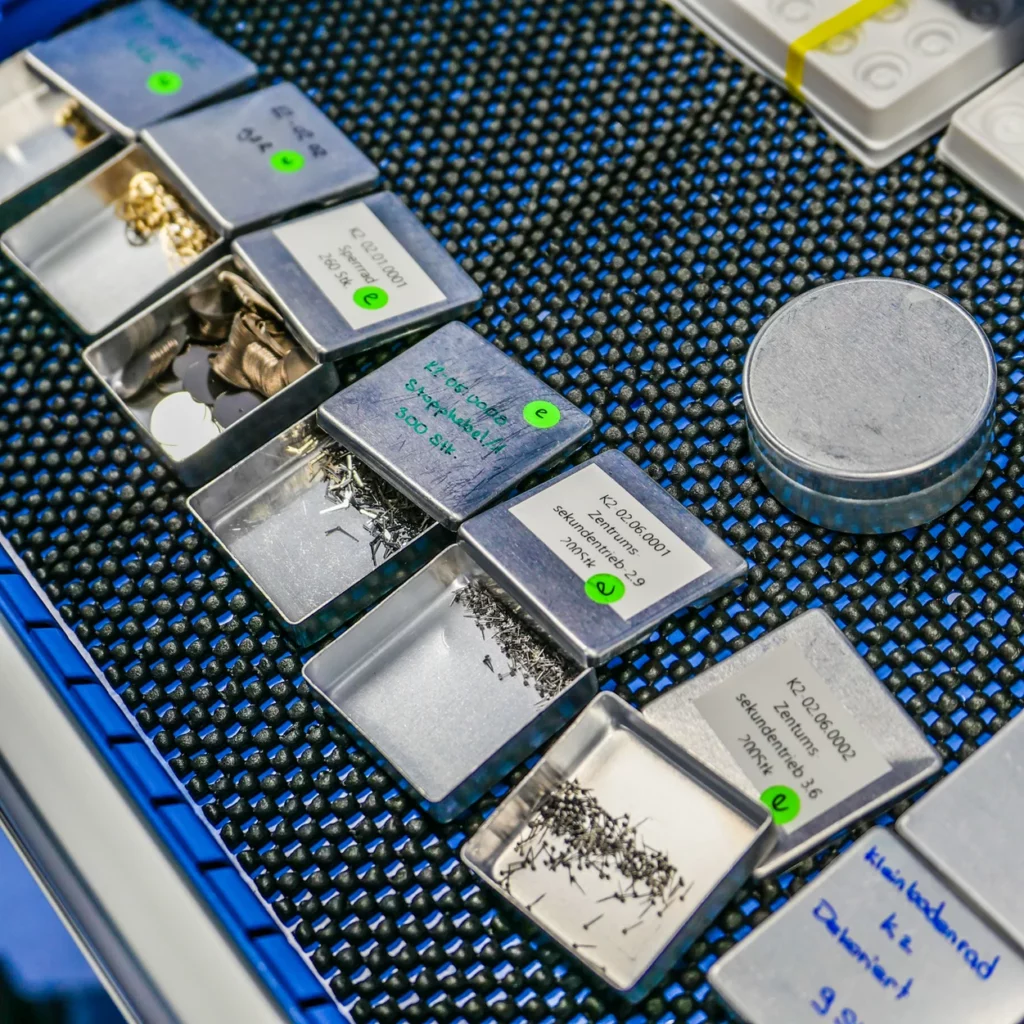
The most notable specificity of independently-owned Horage is that the company produces its own movements. As watch enthusiasts know, most brands outsource the motor inside. But what is really unusual about Horage is how they combine both an artisan approach, with tightly controlled operations and an annual production capacity not exceeding 3,000 movements, with industrial level high-spec performance and relatively accessible pricing, watches ranging between 2,500 and 7,000 CHF.
Andreas Felsl, the co-founder of Horage with his wife Tzuyu Huang 15 years ago, explains: “It took us about 7 years to develop our first movement, the K1; its successor, the K2, was faster to bring to life–we had a solid basis.” Producing such a movement requires about 3,500 steps throughout the manufacturing cycle. Meticulously defining those steps until the process is bullet-proof is the result of years of ideas, attempts, failures and brainstorming by Horage watchmakers and engineers.
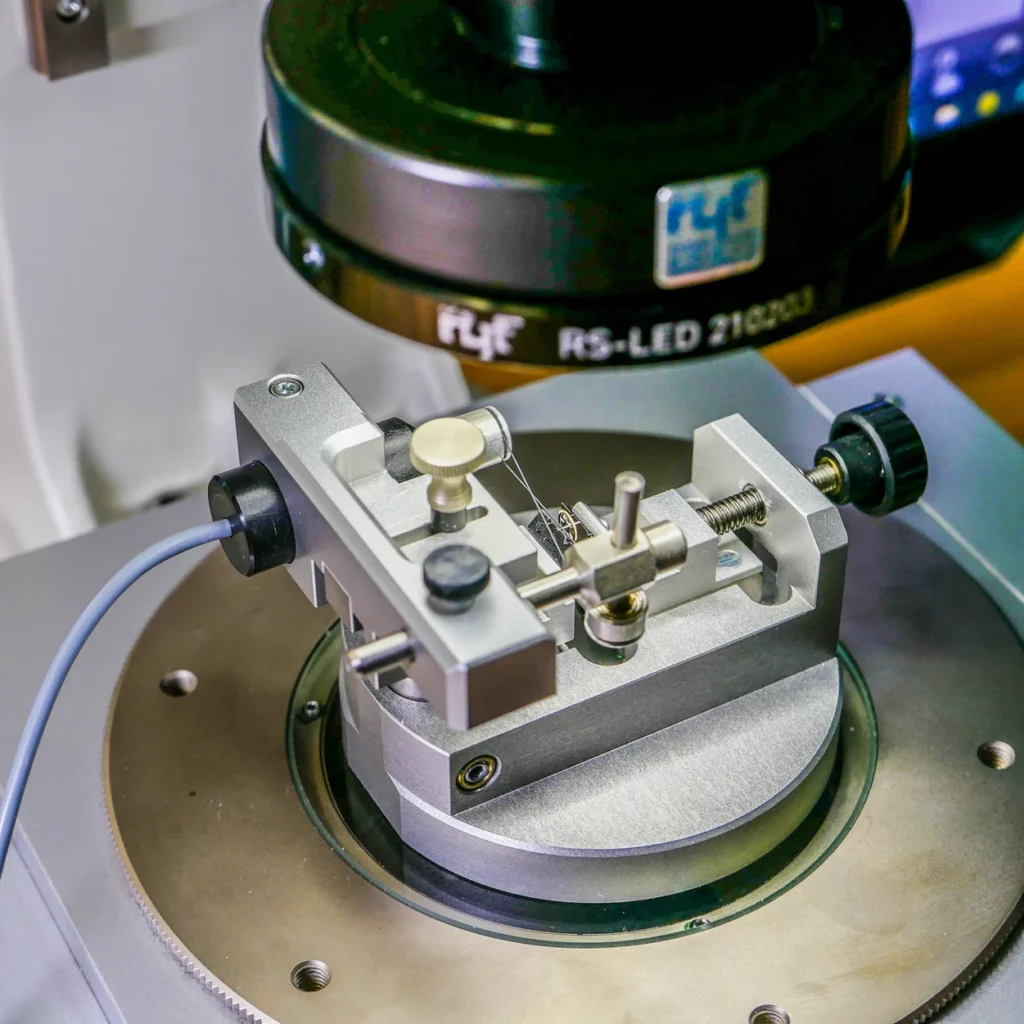
Process is key at Horage, and it is optimized. Each machine is set to be able to execute with stability to its highest specified precision. Watches are produced on order as much as possible. Computing is in the cloud, and collaborative tools such as OneShape are employed whenever possible.
But still, what struck me the most in the visit was how much everyone was hands-on. There were bits and pieces of metal everywhere, being cut, tested, measured… There was life in the workshop, everyone appeared deeply involved and proactive. It felt as if each person was on a mission, ready to challenge any preconception in order to produce the best possible watch movement around the set goals of performance and affordability.
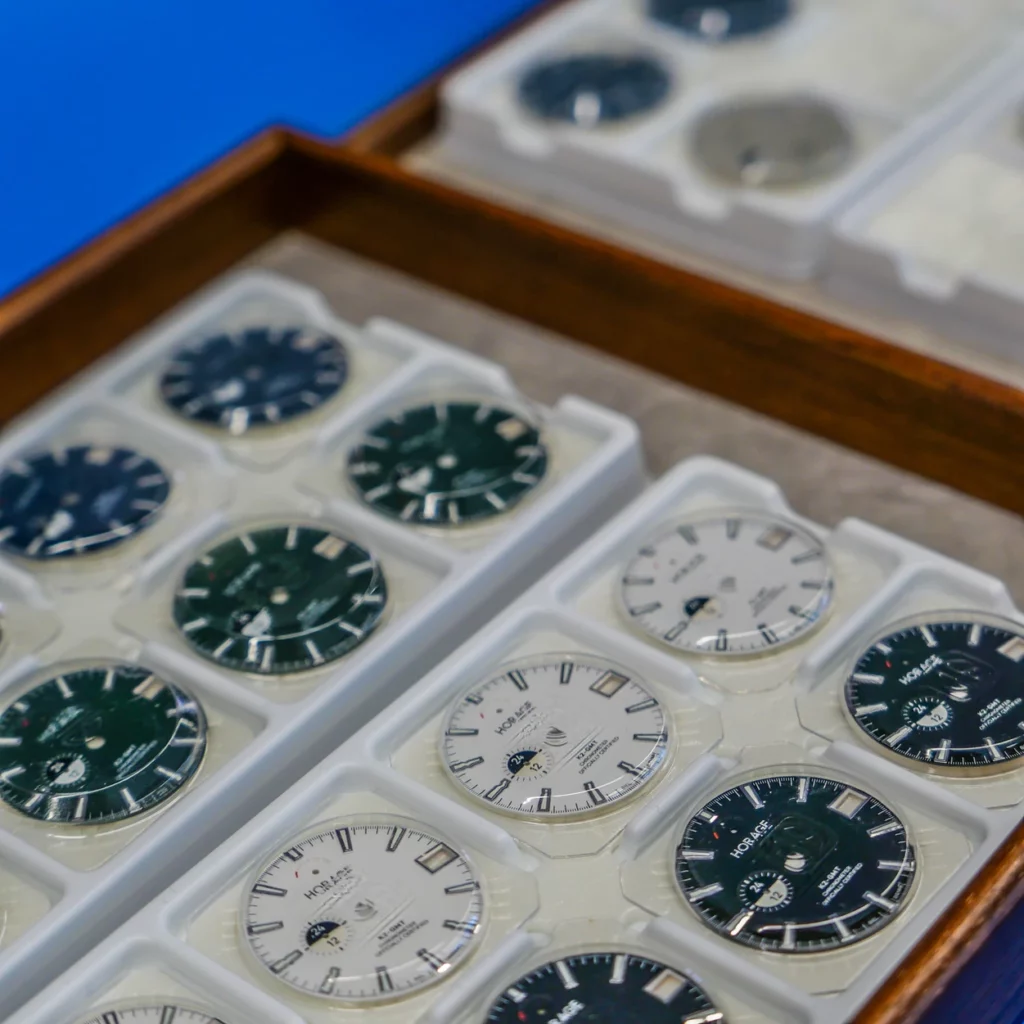
Proximity is both a philosophy and a key element in Horage’s recipe of success: “Biel/Bienne is the center of the watchmaking world”, says Felsl. Half of the movement components are sourced in the city. The vast majority of the other half comes within a 45 mile radius. Unsurprisingly, and in a way that will speak to anyone like me who loves the town, “Biel/Bienne” is proudly displayed on the dial.
Horage made headlines last year with its Tourbillon 1 watch, known as the most affordable Swiss Made tourbillon. Here again, what is often considered the most prestigious mechanical watch complication was developed in-house. More recently, Horage got enthusiasts excited with its pre-orders for the Supersede GMT, below. The watch packs a lot of features that matter to collectors such as a micro-rotor, a silicon hairspring, 904L stainless steel (like Rolex), a jumping hour hand for timezone change and the ambition to push water depth rating to 200m.
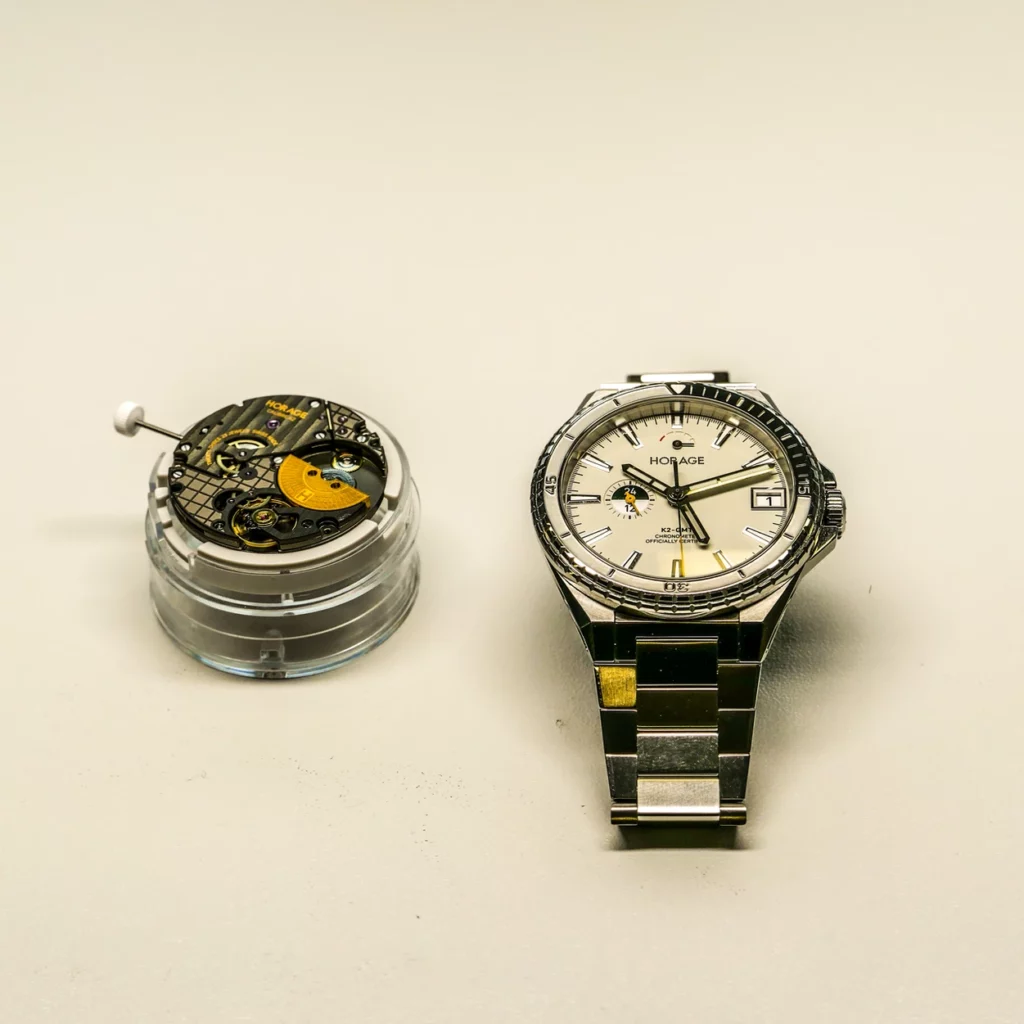
Not many watch companies can rely significantly on pre-orders as a key part of their financial model. Horage can afford this luxury thanks to a loyal community, built over the years, of customers who have wanted to take part in the unusual adventure, and are visibly very happy with the results. The foundation here has been transparency. “Our customers have direct access to the people behind the company” explains Landon Stirling, the Marketing Director. “We share as much information as we can about our products and our projects in our forums or whenever someone contacts us directly.”
The name Horage is based on the words “Hora”, hour in Latin, and Age. The H being silent in Latin (as I am sure you knew… right?), it’s pronounced “Orage”. In French, “orage” means storm. While English is the main language spoken among the multi-national team, the French meaning certainly sounds appropriate to describe the brand and what we can expect from it over the next few years.
You can find out more by visiting the Horage website


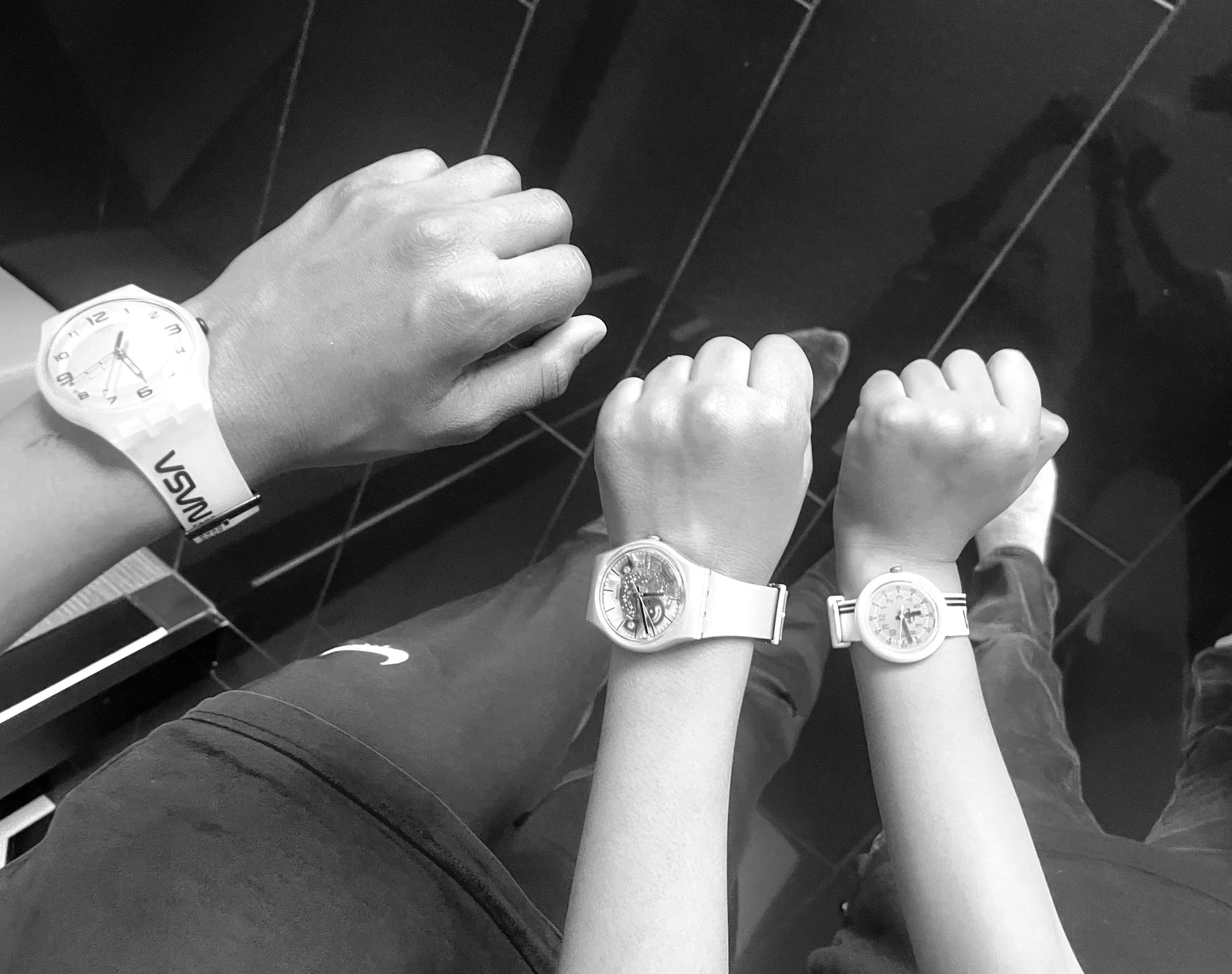
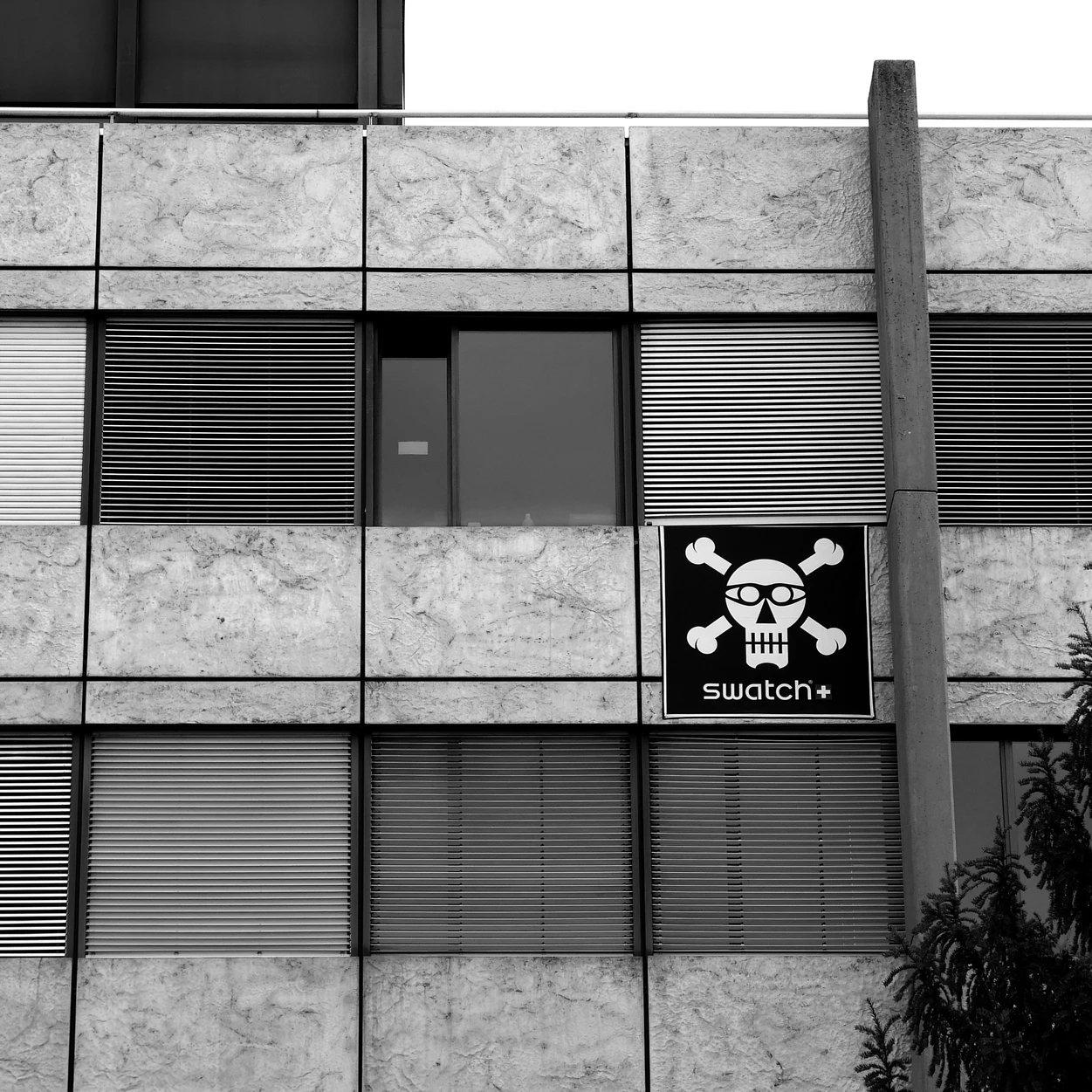
Fascinating! As usual!
Merci pour cet article passionnant et qui donne, une nouvelle fois, envie d’en savoir plus sur cette belle manufacture Biennoise.